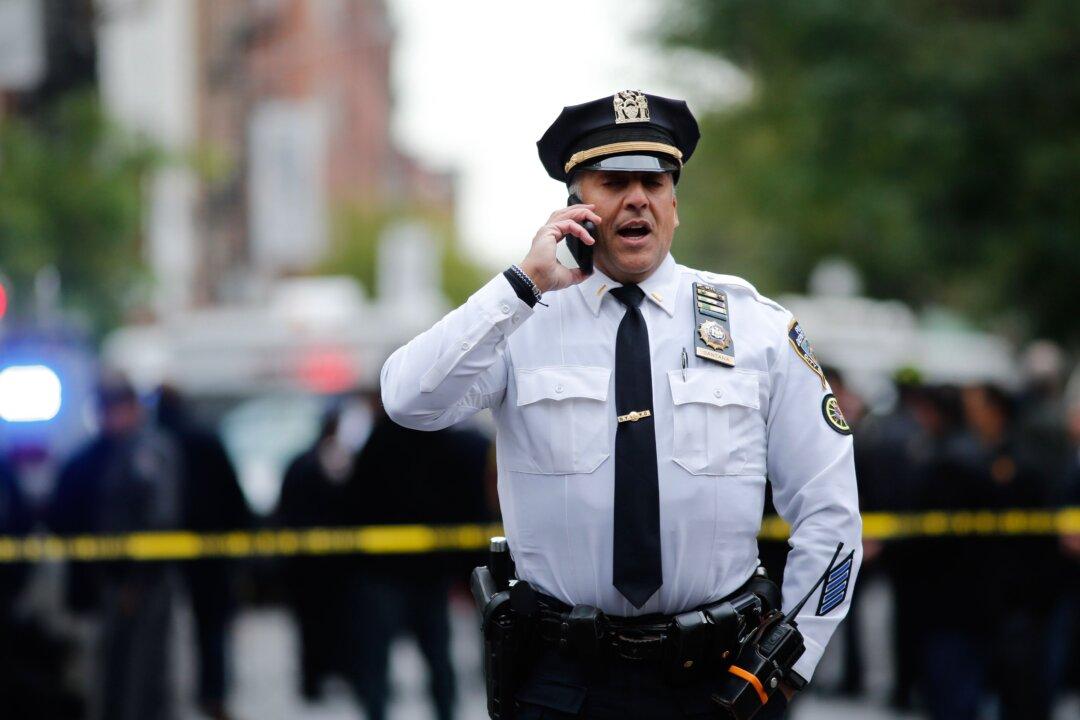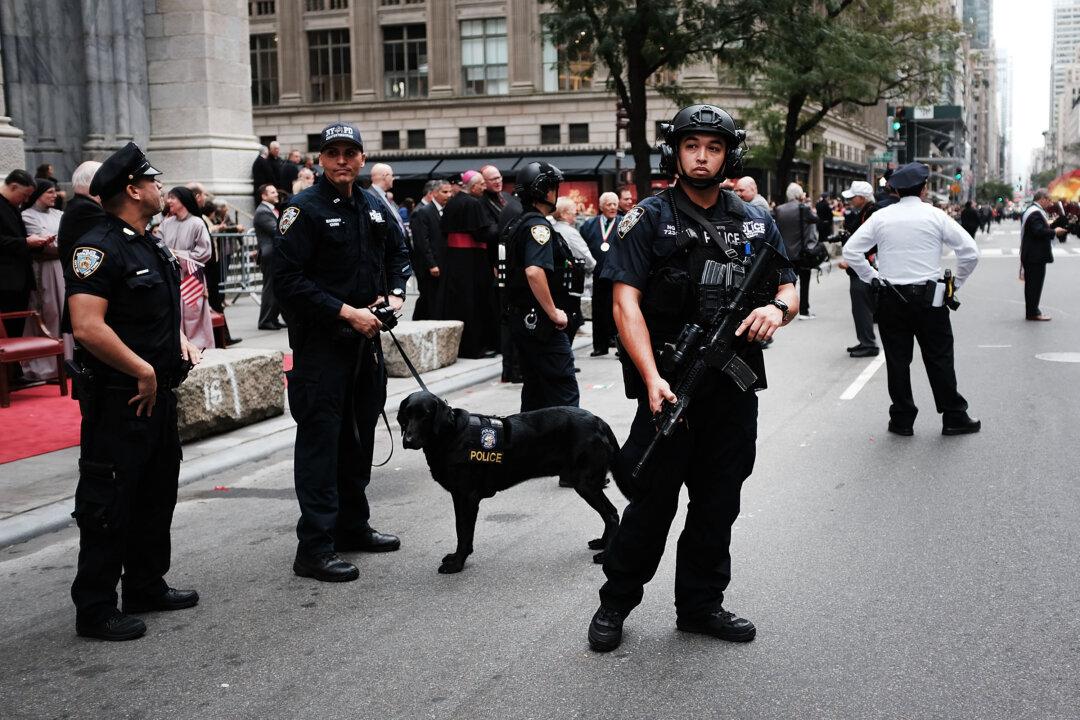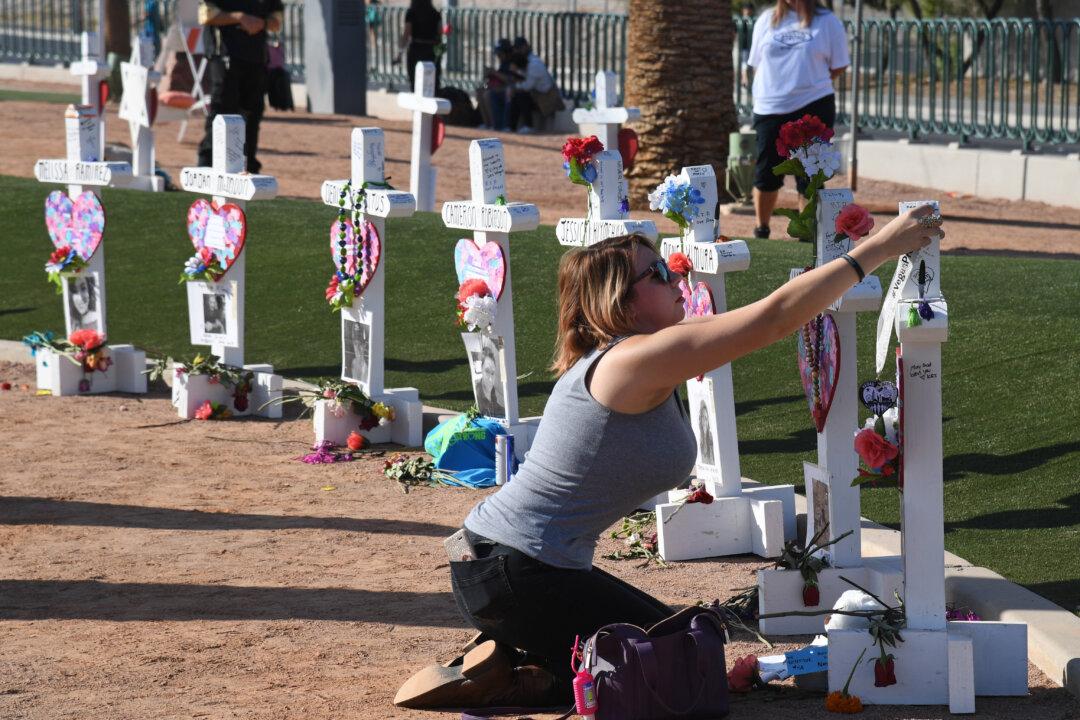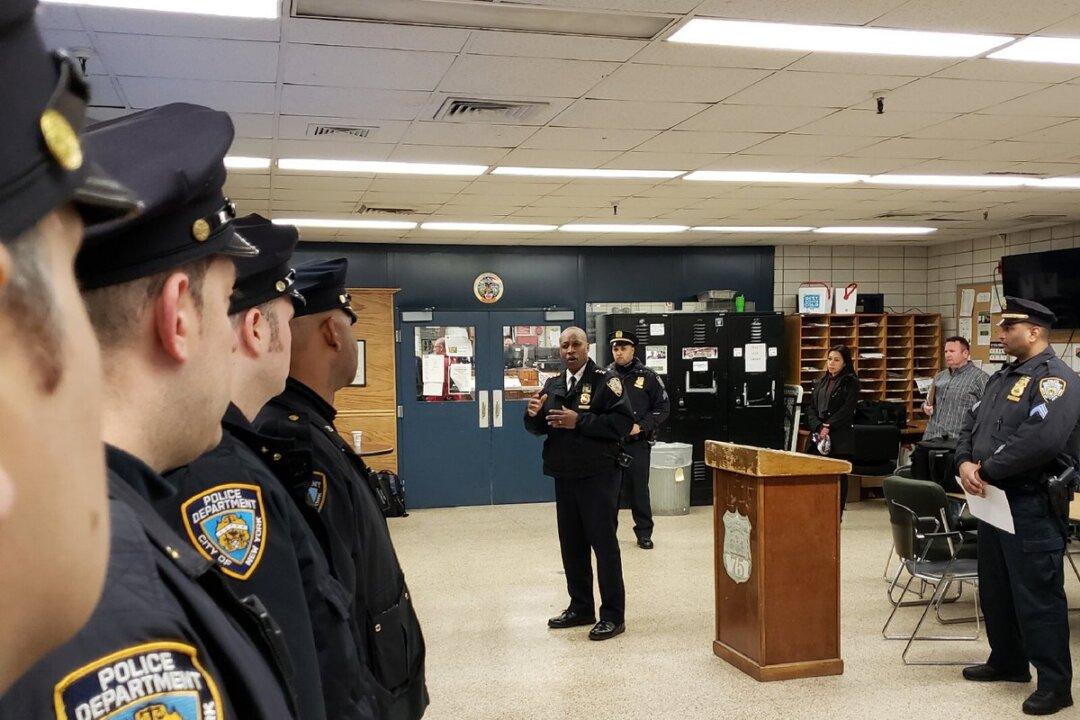A unity of effort between the police and community is the foundation for protecting America and critical for securing our neighborhoods, schools, and workplaces.
Protecting our communities and the morale of the nation demands unwavering shared responsibility, the lifeline of public safety.




